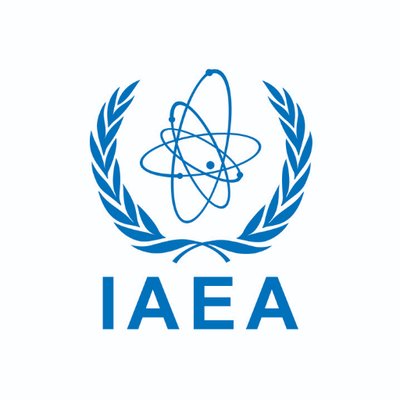IAEA head urges more countries to strengthen global nuclear non-proliferation regime
IAEA safeguards are an essential component of the international security architecture.

The head of the International Atomic Energy Agency (IAEA), Rafael Mariano Grossi, is seeking to convince more countries to join the majority of states in giving Agency inspectors wider access to locations and information as part of a push to further bolster the global nuclear non-proliferation regime.
It is the latest initiative by the Director General to support the full implementation of a long-standing annual resolution adopted by IAEA Member States on strengthening Agency safeguards activities carried out to verify that nuclear material is not used for weapons purposes.
A quarter of a century ago, the IAEA Board of Governors approved an effective new inspection tool known as the Additional Protocol (AP) to plug gaps in the international safeguards system set up to ensure exclusively peaceful uses of the atom consistent with the 1970 Treaty on the Non-Proliferation of Nuclear Weapons (NPT).
Nearly 140 countries have since implemented the AP in addition to their safeguards agreements with the IAEA, providing the Agency with enhanced inspection rights and broader access to information related to their nuclear programmes. However, more than 40 countries which agreed when they signed up to the NPT never to pursue nuclear weapons have yet to add an AP to their Comprehensive Safeguards Agreement (CSA) and grant the U.N. watchdog the broader verification powers it needs to confirm they are living up to their international commitments.
Director General Grossi has now written to governments expressing his hope that they will soon conclude and bring into force an AP, noting that the General Conference – the annual gathering of the IAEA’s 173 Member States – encourages all concerned countries to do so as soon as possible.
Since 1997, in its annual resolution on Strengthening the effectiveness and improving the efficiency of Agency safeguards, the General Conference has stressed the importance of the AP and recommended that “the Agency further facilitate and assist concerned Member States, at their request, in the conclusion and entry into force” of this and other safeguards instruments. It has also encouraged the Director General to continue his intensified efforts to this end.
IAEA safeguards are an essential component of the international security architecture. The NPT is the centrepiece of global non-proliferation efforts. Under the Treaty’s Article 3, each non-nuclear-weapon State is required to conclude a CSA with the IAEA.
In the letters, the Director General said IAEA safeguards contribute to the strengthening of collective security in the world and help create an environment conducive to nuclear cooperation – a reference to the transfer of nuclear technology for peaceful purposes to help mitigate and adapt to climate change, boost food security, fight cancer and other diseases and much else.
“APs strengthen the effectiveness and improve the efficiency of IAEA safeguards,” he wrote. They also “significantly increase the IAEA's ability to verify that there are no undeclared nuclear material or activities in a State with a comprehensive safeguards agreement in force.”
The AP is a legal instrument granting the IAEA complementary inspection authority to that provided in underlying safeguards agreements, enhancing its ability to verify that the nuclear material and activities countries declare to the Agency are both correct and complete. A main aim is to enable the IAEA to provide assurance about the absence of undeclared material and activities, as well as the non-diversion of declared nuclear material.
“Without an AP in force the IAEA is not able to draw the conclusion that all nuclear material remains in peaceful activities in a State,” Director General Grossi wrote.
The 35-nation IAEA Board of Governors approved the AP in May 1997 so that inspectors could prevent a repeat of non-proliferation failures in Iraq and North Korea, which both conducted secret nuclear activities in the early 1990s in violation of their NPT commitments. In the past 25 years, 138 countries have concluded an AP to their safeguards agreements with the IAEA.
Noting this year’s milestone anniversary of the Board’s decision, Director General Grossi said he was reinvigorating the IAEA's efforts to encourage the remaining States to conclude and bring into force an AP.
After taking office in December 2019, he has taken several steps aimed at strengthening the international non-proliferation regime. First, he sent official letters to 31 countries to replace the so-called Small Quantities Protocol (SQP) to their CSAs with a revised version providing for stricter verification measures or to rescind it altogether. Eight countries informed the Director General that they have so far done one or the other after receiving the letter.
Director General Grossi has also sent letters to nine States Parties to the NPT that have yet to conclude and bring into force a CSA with the IAEA – something this treaty obliges them to do. Two countries have since brought into force such agreements.
- READ MORE ON:
- IAEA
- International Atomic Energy Agency
- Rafael Mariano Grossi










